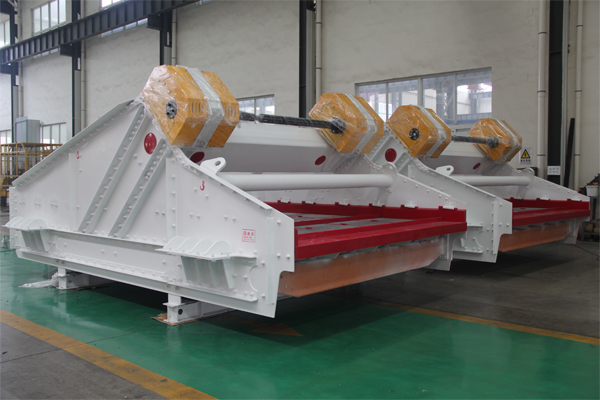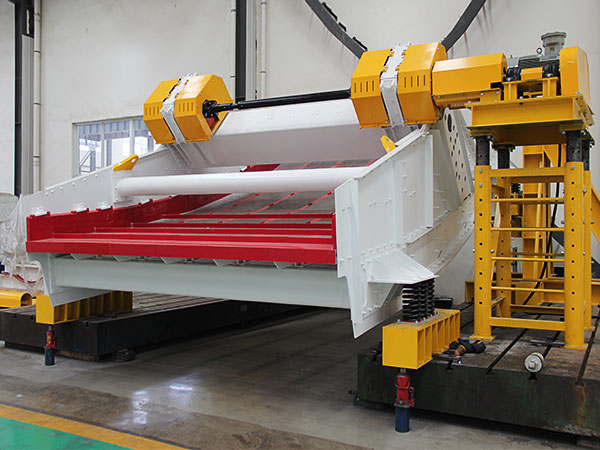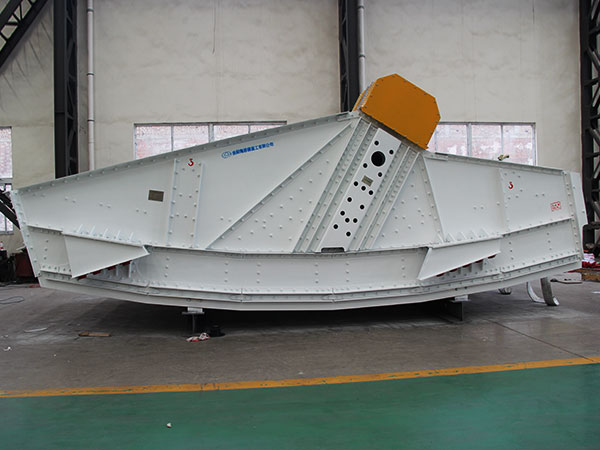What are the specific applications of vibrating screens in the mining industry?
Vibrating screens are widely used in the mining industry for various applications. They play a crucial role in the classification, separation, and processing of materials. Here are some specific applications of vibrating screens in the mining industry:
Specific application of vibrating screen in mining industry
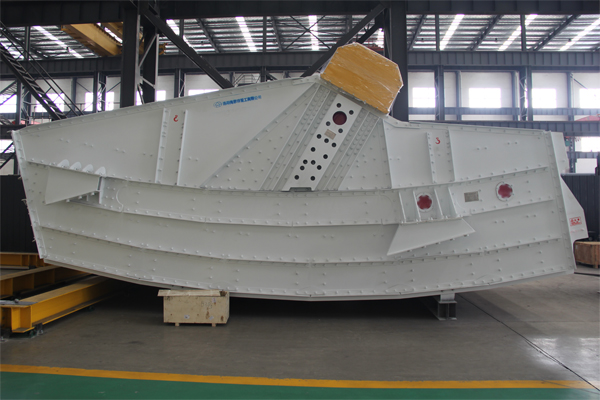
1. Ore Classification
Application: Separating different sizes of ore particles after mining.
Purpose: To ensure that only the desired particle sizes are sent for further processing, optimizing the efficiency of subsequent operations.
2. Dehydration and Dewatering
Application: Removing excess water from wet ore or mineral slurries.
Purpose: To prepare materials for transport or further processing by reducing moisture content, which can improve product quality and handling.
3. Aggregate Screening
Application: Classifying aggregate materials (e.g., sand, gravel) for construction.
Purpose: To produce high-quality aggregates by separating fine particles from coarser ones, ensuring compliance with construction specifications.
4. Coal Preparation
Application: Screening coal to separate various sizes for different applications.
Purpose: To enhance the quality of coal by removing impurities and optimizing the size distribution for combustion efficiency.
5. Mineral Processing
Application: Classifying and separating minerals (e.g., gold, copper, iron) during processing.
Purpose: To facilitate efficient extraction and concentration of valuable minerals from ores.
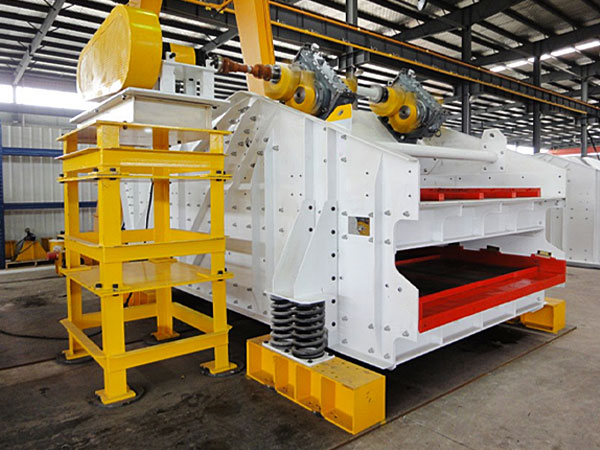
6. Fine Particle Separation
Application: Screening fine materials in mineral processing plants.
Purpose: To recover valuable minerals that may otherwise be lost due to size limitations in other separation methods.
7. Scalping
Application: Removing oversized materials before primary processing.
Purpose: To prevent damage to crushers and other equipment by removing larger particles that may disrupt the processing flow.
8. Tailing Management
Application: Screening tailings (waste material) from mineral processing.
Purpose: To recover any remaining valuable minerals and minimize waste, contributing to more sustainable mining practices.
9. Recycling Operations
Application: Screening materials for recycling in mining operations.
Purpose: To separate recyclable materials from waste, reducing the environmental impact of mining activities.
10. Environmental Management
Application: Screening to monitor and manage environmental impacts.
Purpose: To ensure compliance with environmental regulations by screening for contaminants and managing waste materials.
11. Sand and Gravel Operations
Application: Classifying and separating sand and gravel for construction and industrial use.
Purpose: To produce aggregates that meet specific size requirements for various construction applications.
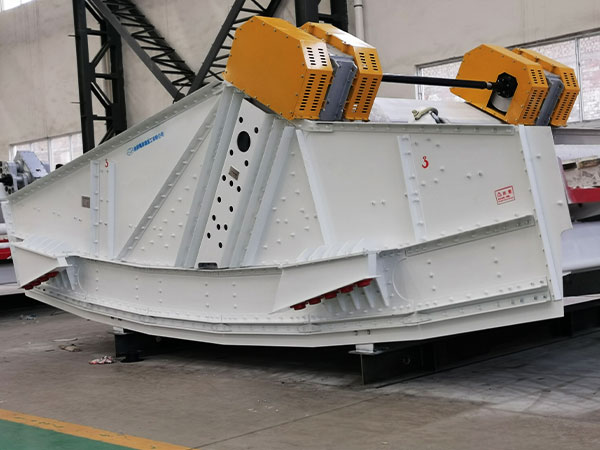
12. Chemical and Fertilizer Production
Application: Screening raw materials used in chemical processing or fertilizer production.
Purpose: To ensure consistency and quality in the production of chemical products and fertilizers.
Vibrating screens in the mining industry are essential for enhancing operational efficiency, improving product quality, and reducing waste, making them a critical component of many mining processes.

